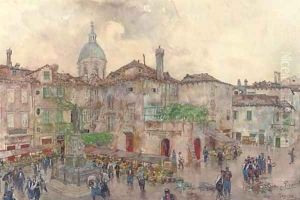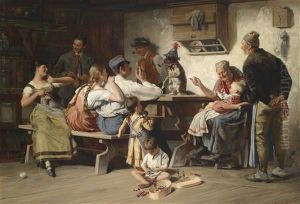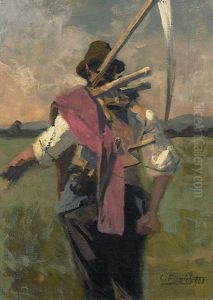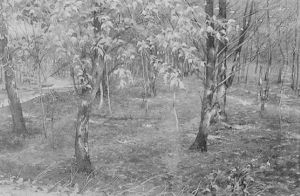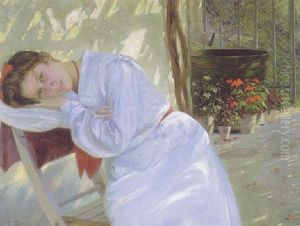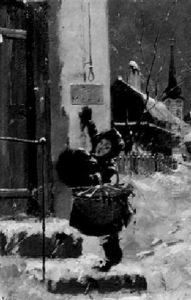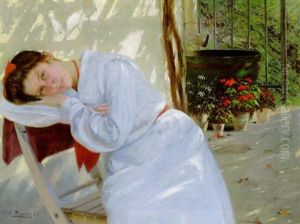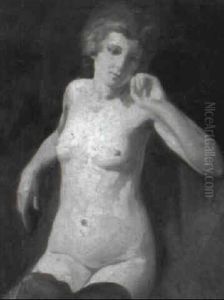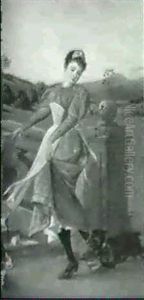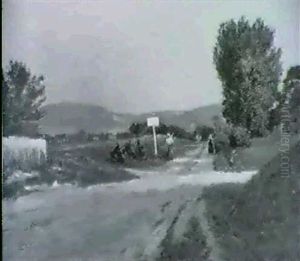Karl Pippich Paintings
Karl Pippich was a Bohemian-Austrian painter known for his landscape and genre paintings. Born on May 14, 1862, in Teplitz (now Teplice, Czech Republic), which was part of the Austro-Hungarian Empire at the time, Pippich demonstrated an early interest and aptitude for art. He pursued his passion for painting at the Academy of Fine Arts in Vienna, where he studied under the guidance of prominent artists of the period.
During his career, Pippich became recognized for his ability to capture the essence of the natural world, imbuing his landscapes with a sense of tranquility and atmospheric depth. His works often depicted the rural countryside, capturing both the changing seasons and the daily lives of the inhabitants. In addition to landscapes, he also painted genre scenes that represented the social customs and everyday activities of the time.
Pippich's style was influenced by the 19th-century European art movements, particularly by the Realist and Impressionist painters, whose focus on light and color can be discerned in his works. However, he maintained a distinctive style that emphasized the harmonious blend of naturalism and romanticism. His paintings were appreciated for their vivid detail, composition, and the ability to convey mood and emotion.
Karl Pippich enjoyed a successful career during his lifetime, exhibiting his works in various art shows and galleries across Europe. His contributions to the art world were acknowledged through awards and recognition from art institutions of his era. Pippich's works remain in private collections and museums, continuing to be appreciated by art enthusiasts and historians for their beauty and historical value.
He passed away on December 5, 1932, in Vienna, leaving behind a legacy as a significant landscape and genre painter from the Bohemian region. His art continues to be studied and admired for its reflection of the late 19th and early 20th-century European art scene.
